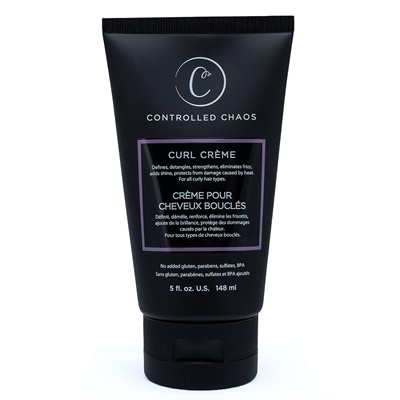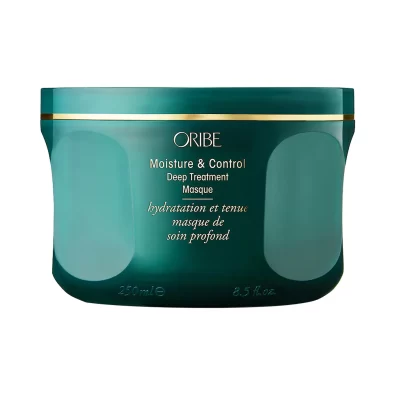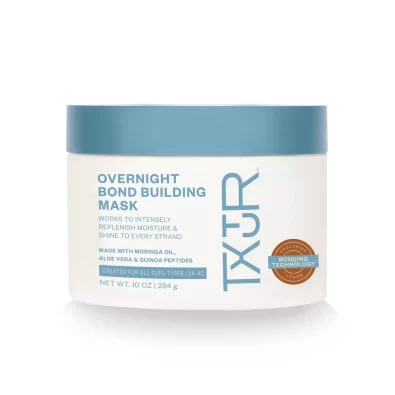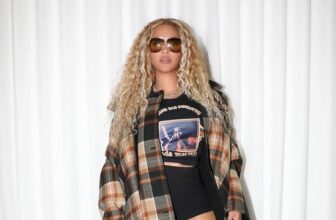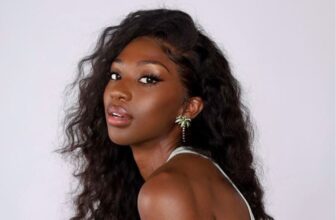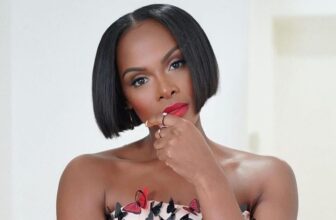Your Complete Guide to Getting a Curly Hair
Prioritizing haircare is essential, and what better time to start the conversation than at the beginning of the year when “to-dos” are taking shape? If you’re here and reading this article, chances are you have curly hair, but it’s important to know that there are levels to it.
Curly hair comes in various shapes and sizes, turning the journey to discover your specific curl type into an exciting and unique experience. Characterized by its distinctive pattern of curls, coils, or waves, the pattern of any curly hair is influenced by factors like the number of bonds between hair proteins, genetics, and the environment.
Because of its spiral shape, curly hair tends to be drier than straight hair as natural oils find it challenging to travel down the strands. To keep your curls healthy and defined, it’s essential to follow specific care routines. This includes using moisturizing products, gentle detangling methods, and protective styling.
If you want beautifully defined and healthy curls, you’ll need to combine proper care, the right products, and styling techniques tailored to your unique hair type. Whether you have natural curls, or waves, or want to enhance your texture, keep reading as this guide will help you embrace and celebrate your curly hair.
How to Know if You Have Curly Hair Already
To check if you have curly hair;
- Let your hair air-dry after washing and see if it naturally forms waves, curls, or coils.
- Look at your family’s hair history, as genetics can influence your hair type.
- If your hair resists straightening and tends to frizz, it might be curly.
- Also, consider shrinkage – if your hair looks shorter when dry, it could be curly or coily.
- Exploring hair typing systems like the Andre Walker Hair Typing System can provide insight into your hair’s natural pattern.
- If uncertain, seek advice from a hairstylist or curl specialist for personalized guidance based on your unique hair characteristics.
Pattern Curl Gel
Understanding Your Curl Type
Curl patterns vary widely, and knowing your specific curl type is fundamental to tailoring your hair care routine. The Andre Walker Hair Typing System classifies curls into three main types, each with subcategories. ;
- Type 2: Wavy – (2A: Loose, beachy waves, 2B: Defined, S-shaped waves, 2C: Waves with a slight curl at the ends),
- Type 3: Curly – (3A: Loose, well-defined curls, 3B: Springy curls with more volume, 3C: Tight, corkscrew curls),
- and Type 4: Coily (4A: Dense, S-shaped coils, 4B: Z-patterned coils with less defined curls, 4C: Tightly coiled, with minimal curl definition).
Knowing your curl type will guide your product selection and styling techniques.
Curly Hair Care Routine
- Start with a sulfate-free shampoo and a moisture-rich conditioner because hydration is key. Consider using a pre-shampoo treatment, like a hot oil or deep conditioning mask, to provide intense hydration. For Type 2 and Type 3 curls, opt for lighter products, while Type 4 curls may benefit from heavier, cream-based options.
- Minimize the use of heat styling tools. When heat is necessary, apply a heat protectant and use the lowest effective temperature. Experiment with heat-free styling methods such as braiding or twisting to achieve different curl patterns.
- Section your hair and detangle with care using a wide-tooth comb or fingers, starting from the tips and working your way up. Apply a leave-in conditioner for added slip during detangling. For Type 4 curls, consider detangling in smaller sections to manage the tightly coiled texture.
- Finally, choose products based on your curl type and hair needs. Lightweight, curl-enhancing creams or mousses work well for Type 2 and Type 3 curls, while thicker, buttery products may suit Type 4 curls. Experiment with various leave-ins, oils, and gels to find the perfect combination.
Controlled Chaos Curl-Defining Creme
Styling Techniques for Curly Hair
1. Plopping Method
Plopping involves wrapping your wet hair in a microfiber towel or a cotton T-shirt to enhance curl definition and minimize frizz.
How to Plop:
- After washing and applying your styling products, flip your hair forward.
- Place a microfiber towel or a cotton T-shirt on a flat surface.
- Lower your hair onto the towel, allowing it to pile on top of your head.
- Fold the towel or T-shirt over your hair, creating a “plop.”
- Leave it on for about 20 minutes to allow your curls to set.
Oribe Moisture & Control Deep Treatment Hair Mask
2. The LOC Method
Implement the LOC method (Leave-in, Oil, Cream) to maximize moisture retention in a layered approach;
- Start with a leave-in conditioner,
- follow up with a natural oil like argan or coconut,
- and finish with a styling cream or gel to define and set your curls.
3. Curl Refreshing Techniques
This formulation technique helps revive and reshape your curls, keeping them fresh and revitalized between washes. How to;
- Mix water with your favorite leave-in conditioner in a spray bottle.
- On non-wash days, lightly mist your hair to revive and reshape your curls.
- Section your hair and spritz the refreshing spray, focusing on areas that need revival.
- Scrunch your curls to reactivate the product and reshape the curls.
3. Protective Hair Styles
Consider incorporating protective styles like braids, twists, or buns into your routine. These styles minimize manipulation, protecting your curls from environmental stressors and preventing breakage while maintaining the integrity of your curls.
TXTUR Overnight Bond Building Mask
Photo Credit: Pexels / John Diaz


